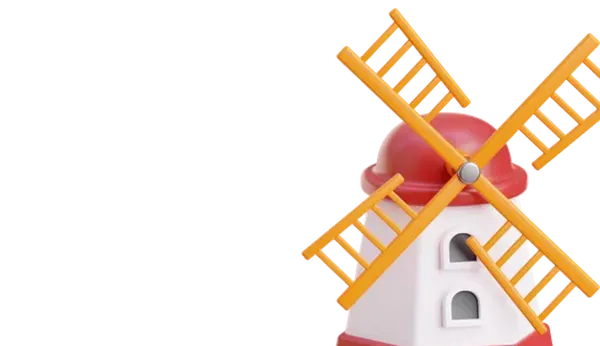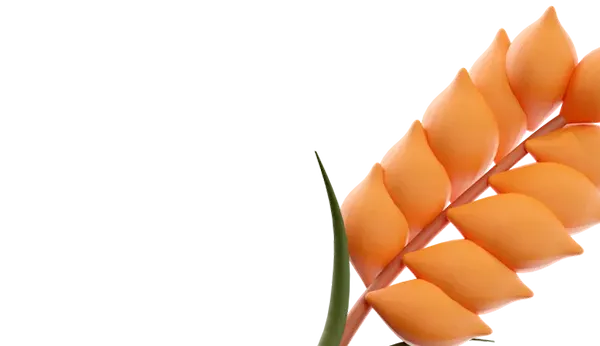In these lands, the quarantine phytosanitary regime came into force in 2012 and lasted for about 13 years.
In accordance with the program for the prevention and eradication of the golden potato cyst nematode developed by the Federal Service for Veterinary and Phytosanitary Supervision, the owners of these territories took measures to combat this dangerous quarantine object.
Among these measures were the cultivation of potato varieties resistant to nematodes, crop rotation, and the planting of crops not susceptible to nematodes. These actions helped to cleanse the soil from quarantine objects.
Since 2023, this is the first zone excluded from the list of quarantine zones in the Novgorod region.
Currently, in the Novgorod region, there are three quarantine phytosanitary zones for this pest located in the Novgorod and Borovichsky districts. The total area of land restricted by measures is 2432.8 hectares.
The golden potato cyst nematode is a quarantine organism that is a microscopic roundworm from the nematode family. This pest is particularly dangerous in regions where potatoes are grown on a permanent basis. In addition to potatoes, it can also affect tomatoes, eggplants, and other plants from the nightshade family.
The main way to reduce the damage from the golden potato cyst nematode is the use of crop rotation, which involves alternating different crops. Annual cultivation of potatoes on the same area is not recommended. Potatoes can be grown again on the same plot only after five years.
To combat nematodes, the best crops are considered to be plants from the cabbage family. These include all types of cabbage, radishes, as well as radishes, turnips, and mustard.

 Trading platform
Trading platform 
 Monitoring
Monitoring  Express applications
Express applications 
 Fork Work
Fork Work 
 Service
Service  News
News  Directory
Directory 













